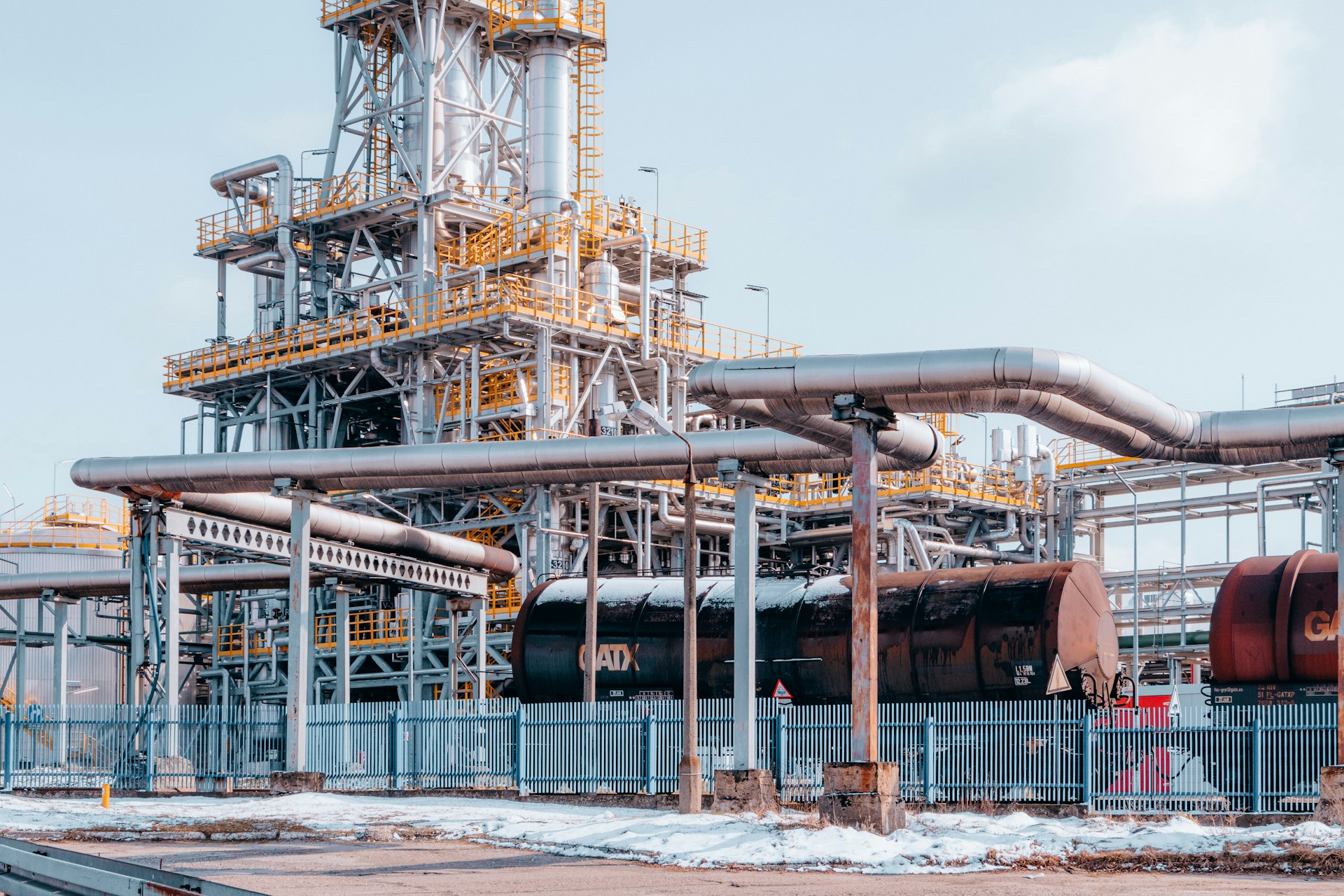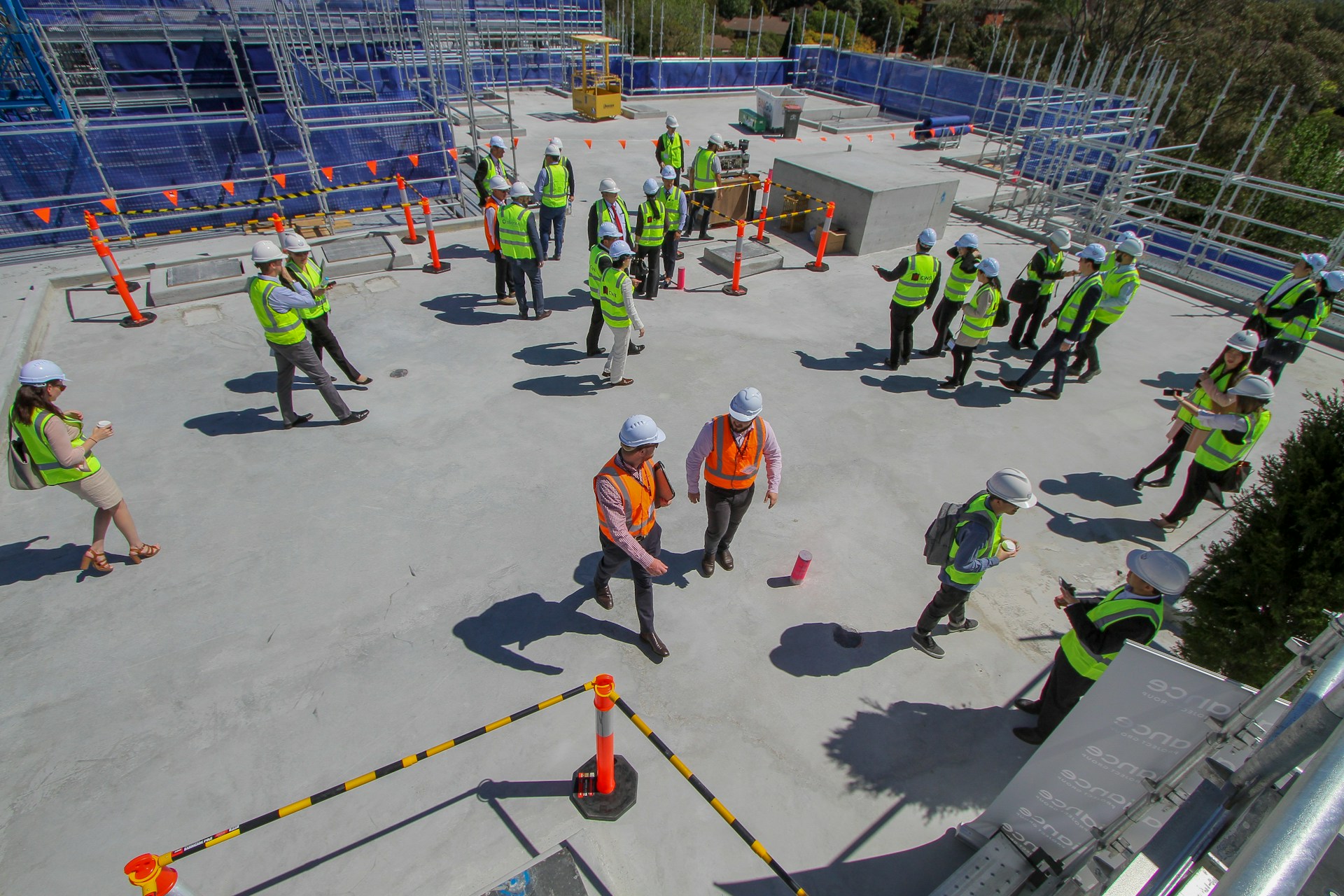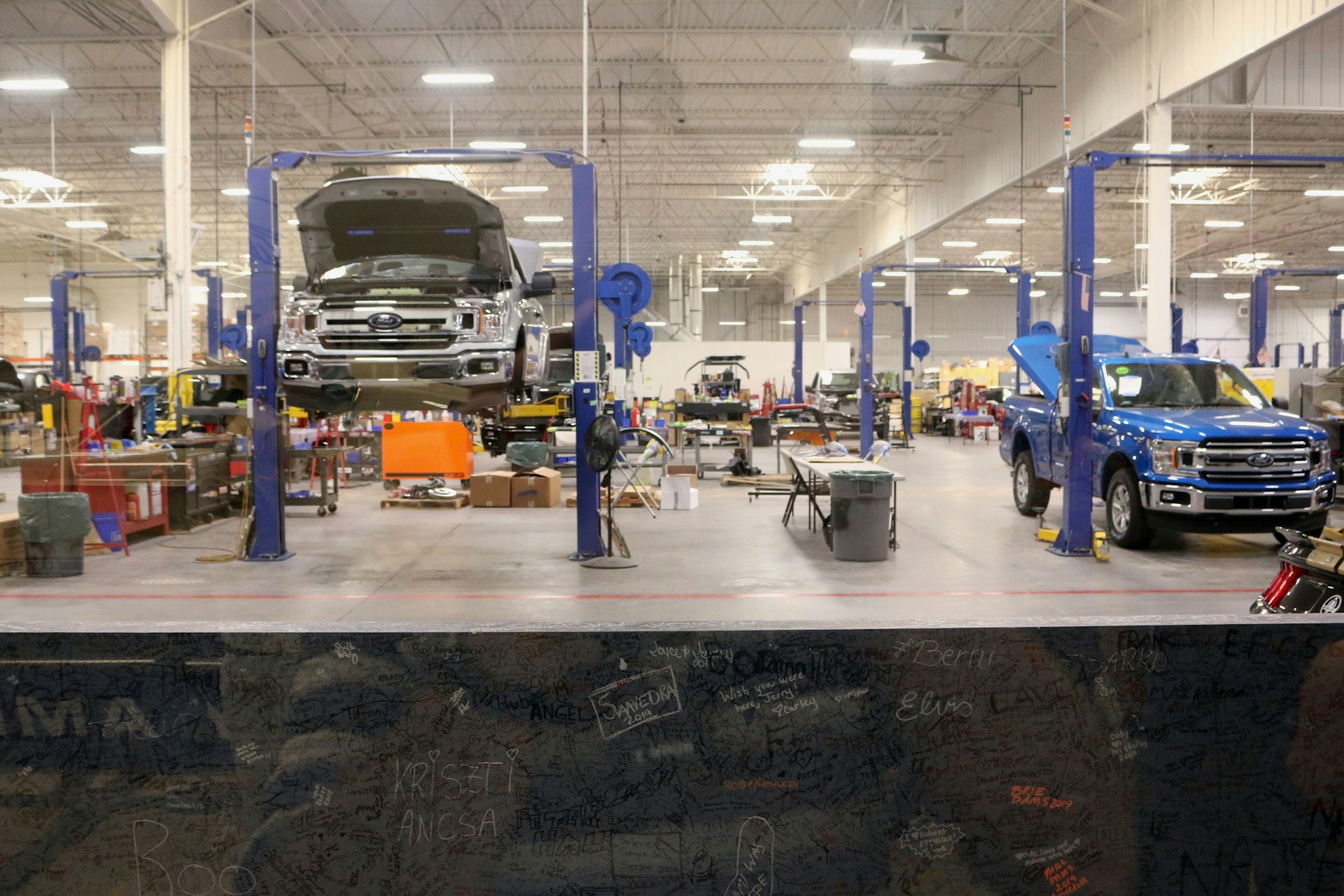Manufacturing today is a complex dance of materials, precision, and deadlines. One critical but often overlooked element in this intricate system is the role of heated piping systems. These systems are not just about moving industrial fluids or gases; they are a key element in improving process efficiency, reducing waste, and boosting productivity.
This post dives into how heated piping systems work, their benefits, and their impact on manufacturing processes. We’ll also explore industrial heat tracing as an innovative solution for optimizing temperature management in various industrial applications.
Understanding Heated Piping Systems
Heated piping systems are designed to maintain or regulate the temperature of materials flowing through pipes. These materials could include liquids, gases, or even viscous substances like crude oil or resin. Temperature control in industrial processes is crucial to ensuring fluid integrity, avoiding downtime, and cutting down energy costs.
How They Work
A heated piping system typically involves insulation, an external or embedded heating element, and a temperature regulation mechanism. Together, these components ensure that the material transported maintains its intended properties without solidifying, freezing, or degrading.
Industrial heat tracing, a popular method for heating pipes, uses cables or tapes with electrical resistance to create heat. This process is particularly effective in cold environments where freezing pipes could halt critical operations. By wrapping heat trace cables along the length of the pipe, manufacturers maintain consistent temperatures, ensuring operational and process efficiency.
Key Benefits of Heated Piping Systems in Manufacturing
Integrating heated piping systems into manufacturing processes yields an array of benefits. Below are some of the most impactful:
1. Minimized Material Waste
Maintaining the proper temperature for materials transported through pipes reduces spoilage. For example, in the food and beverage industry, heated pipes prevent syrups or oils from hardening, ensuring no raw material is wasted.
2. Energy Efficiency
A robust system that uses precision heating tools, along with proper insulation, can lower energy consumption dramatically. Advanced heat tracing systems are designed to consume only the amount of energy genuinely required, optimizing energy efficiency without sacrificing performance.
3. Enhanced Safety
Freezing pipelines in cold environments pose not only operational hazards but safety risks as well. Heated systems prevent pipe bursts and leaks that could lead to accidents, making work environments significantly safer.
4. Consistent Production Quality
Certain industrial materials, such as chemicals or petroleum products, require precise temperature management for set processes. Heated pipes ensure these materials retain their intended properties, paving the way for consistent production outcomes and superior product quality.
5. Decreased Maintenance Costs
Pipes that freeze or clog often require costly repairs and downtime. Heated piping eliminates the frequent need for manual thawing or pipe replacement, leading to lower overall maintenance expenditures.
Where Heated Piping Systems Shine
There are several sectors where heated piping solutions shine, helping businesses improve their process efficiency and overall productivity.
Chemical and Petrochemical Industries
Extreme temperatures and the viscosity of chemicals present unique challenges. Heated systems in this sector ensure that materials like ammonia, sulfur, or crude oil remain in a pumpable state throughout production and distribution channels.
Food and Beverage Processing
Liquid sugar, syrup, and molten chocolate are excellent examples of products that require heated piping systems. They prevent the crystallization or solidification of these raw materials and ensure smooth processing.
Pharmaceuticals and Biotech
Temperature-sensitive compounds, such as liquid medicines or critical biological samples, require strict thermal control. Heated systems help these sectors adhere to stringent quality standards.
Power Plants and Utilities
Water and condensate systems used in power generation need effective heating solutions to avoid freezing and ensure seamless operations, particularly in colder climates.
Industrial Heat Tracing: Optimizing Heated Piping Systems
When discussing heated piping systems, it’s impossible not to highlight industrial heat tracing. This cutting-edge method equips pipes with durable, heat-generating materials to maintain consistent temperatures across the flow path.
Key Features of Industrial Heat Tracing Technology
- Precision Control: Automated heat tracing monitors and maintains specific temperatures to prevent overheating or underheating of pipes.
- Corrosion Resistance: Advanced trace heating cables can withstand harsh industrial conditions and chemicals, offering long-lasting durability.
- Adaptability: Industrial heat tracing is easily customizable to retrofit existing pipelines, making it a practical and flexible solution for modern manufacturing operations.
Why Choose Heat Tracing?
Using this technology lets manufacturers remain competitive. For example, industries operating in freezing or remote environments can greatly benefit from the reliability and precision of heat tracing to avoid costly inefficiencies and downtime.
How to Implement Heated Piping Systems in Your Facility
If you’re considering heated piping systems or industrial heat tracing for your manufacturing processes, follow these steps to ensure a seamless implementation:
- Assess Operational Needs: Identify the materials you need to transport, their thermal properties, and the environmental conditions they will face.
- Consult the Experts: Partner with experts in heated piping systems to design a solution tailored to your operation’s needs.
- Choose High-Quality Materials: Invest in quality insulated pipes, heating elements, and trace cables to ensure durability under demanding conditions.
- Install with Care: Hire certified professionals to ensure proper installation, meeting industry standards.
- Monitor and Optimize: Use smart temperature controllers to monitor system performance and optimize energy consumption.
Achieving Process Efficiency and Competitive Edge with Heated Systems
Heated piping systems are no longer optional for modern manufacturing facilities; they are a vital investment in achieving process efficiency, resource conservation, and product quality.
Whether through heat tracing or other advanced technologies, they enable businesses across industries to enhance performance while minimizing waste. By understanding their applications and benefits, you’re a step closer to revolutionizing your manufacturing processes.
Take the Next Step
Interested in optimizing your operations? Learn more about how heated piping systems and industrial heat tracing solutions can transform your facility. Partner with industry experts to design and implement systems that meet and exceed your specific requirements.





